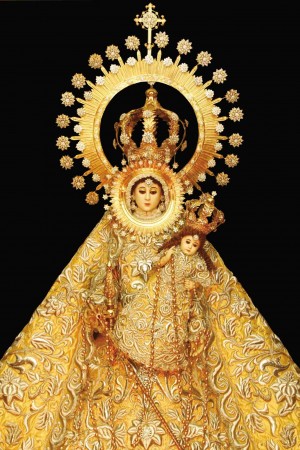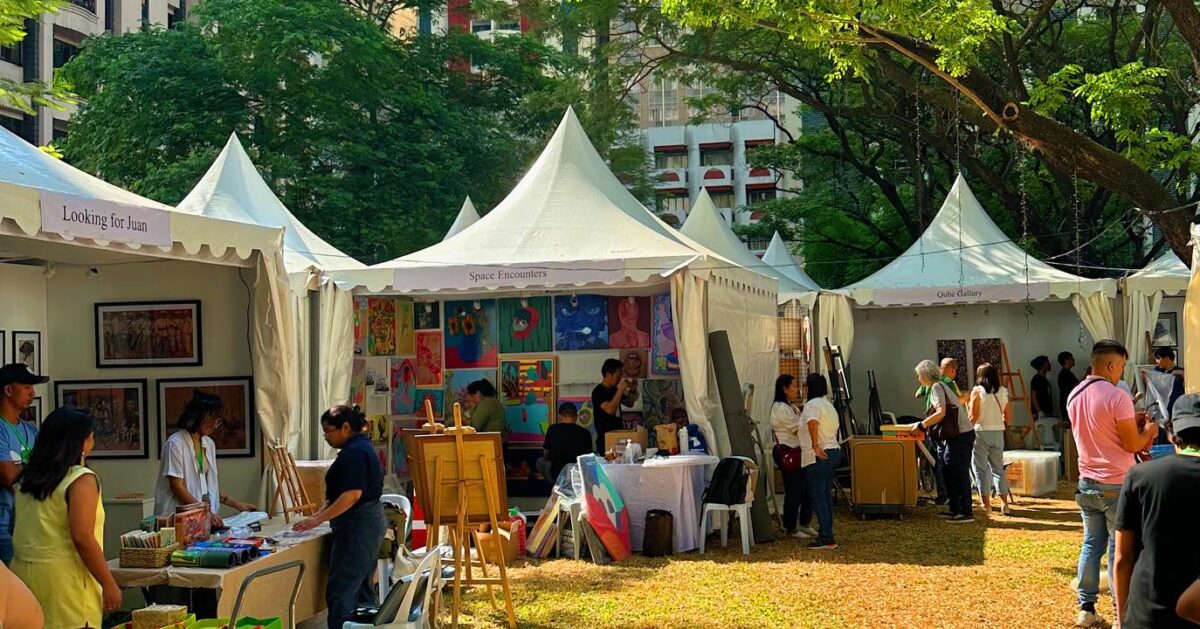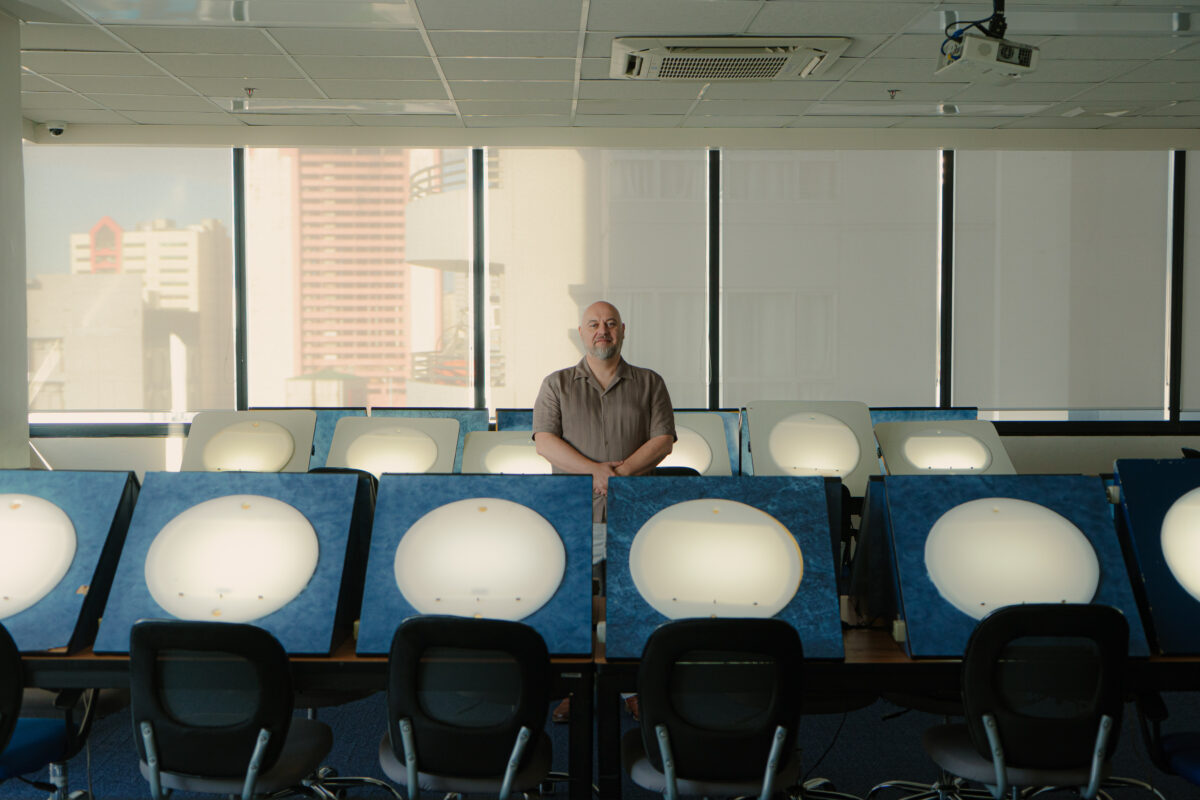
The five La Naval battles, fought fiercely at sea from March 15 to Oct. 4, 1646, by the Spanish and Filipino soldiers against the mightier, more heavily armed Dutch invaders, were a painful birthing of saints and heroes.
The Spanish and Filipino soldiers were fighting with faith and for their faith. They believed that, through the intercession of the Blessed Mother, God could work wonders. That was why they incessantly prayed the Rosary while the battles were raging.
Wittingly or unwittingly, they were fighting for their Christian faith that was staunchly Catholic, with a unique devotion to the Blessed Virgin Mary. That faith faced a grave threat from the Dutch, who by then generally embraced a faith that veered away from the Catholic tradition.
Rosary and victory
In a sense, the Filipino and Spanish soldiers were waging a war, literally dying, for the faith they wanted to live by. We do not exactly know what became of each of them, except that a few died during the battles. Some of them might have become martyrs, others may have become saints.
What is certain was that, by being ready to die for the faith they wanted to guide their lives with, they were actually striving for holiness.
From Oct. 2 to Oct. 12, the yearly Rosary and novena prayers will be said in honor of Our Lady of La Naval, in her National Shrine at Santo Domingo Church in Quezon City, to commemorate that momentous victory.
Once again, the devotees will be treated to nine days of prayer and reflection, with the theme “Maria, Inang Layko, Ina ng Layko” accentuating the role of Mary as the Model and Mother of the laity.
The theme was chosen as 2014 has been declared Year of the Laity by the Church in the Philippines as part of the nine-year preparation for the 500th anniversary in 2021 of the arrival of Christianity on Philippine shores.
Holiness and the world
In its pastoral exhortation, “Filipino Catholic Laity: Called to Be Saints, Sent Forth as Heroes,” the Catholic Bishops Conference of the Philippines enjoins the lay people “to find their sanctification in the world, and to sanctify the world and transform it so that this world becomes more and more God’s world, God’s kingdom, where His will is done as it is in heaven.”
The first task lay people can do to sanctify themselves and the world, says pastoral exhortation, is to shun consumerism, that desire to feed one’s self-centeredness with the frivolous pleasures, shutting out others especially the poor and the needy from one’s life.
This is rooted in greed and selfishness that create not so much the oppressed or the exploited but even worse—the excluded, the outcast and the “leftovers,” those who are no longer even part of society.
Instead of greed, selfishness and consumerism, the lay faithful are encouraged to nurture in their hearts and in themselves the virtues of justice and charity so that they can actively participate in the task of creating wealth, preserving it, and sharing it. Through this, they can “exterminate” the existence of the excluded and form a community, nay, a Church where everyone is welcome.
Sanctify politics
In the Philippines, the problematic areas into which true and authentic Catholics can infuse their souls are in politics, business and commerce.
It is hoped that Catholics who are appointed or elected to public office (and there are many, most of whom are even educated in Catholic schools!) can cleanse our political life of graft and corruption and rid it of political patronage, both of which are closely intertwined with the pork barrel system that should be eradicated.
Voters are urged to make educated choices during elections and avoid selling or buying votes as well as engaging in bribery and accepting kickbacks.
Authentic Catholic lay faithful are also encouraged to cleanse and free the area of business and commerce from the collusion of tax-collecting agencies with some business people, which generates the further impoverishment of those who are already excluded.
Mary, model of heroism
The Blessed Virgin Mary is always looked up to by all Christians, especially by Catholics, as a model of holiness. She exemplifies a devout listening to and reflecting on the Word of God and obeying it.
The lay faithful in the Philippines face a formidable battle—against enemies that can wield their power and influence in government, in the justice system, and even in the media, which also needs the healing of its propensity for the news rather that the truth.
Often, the enemy is within themselves—in their values, in their well-entrenched practices and habits which, although wicked, are widely accepted by reason of their sheer longevity.
The novena to Our Lady of La Naval is an avenue by which the call for the laity to holiness and heroism is echoed. Hopefully, like the La Naval battles won through the intercession of the Blessed Mother, today’s battles of conquering oneself, and of transforming Philippine society and Church, can also see a glimmer of that victory that has eluded Las Islas Filipinas for a long, long time.













































